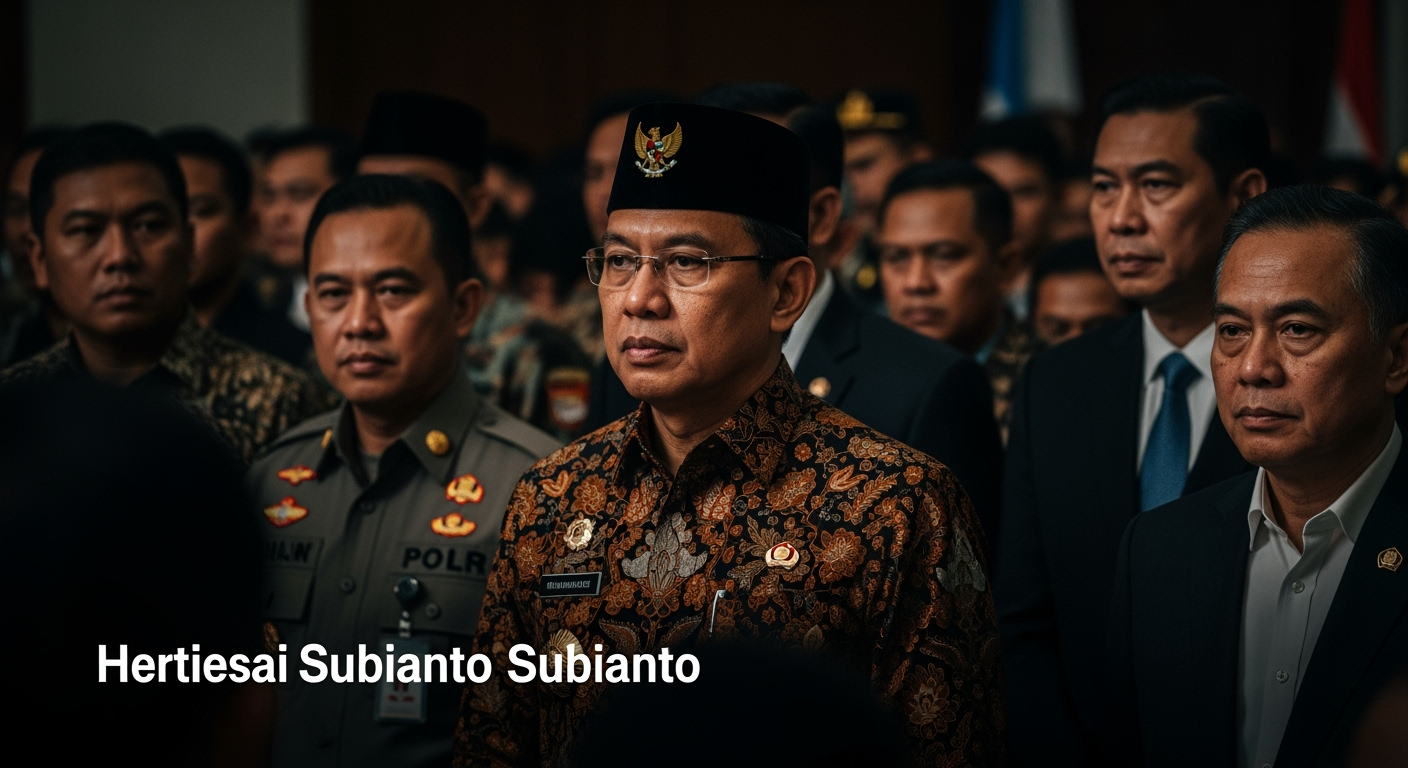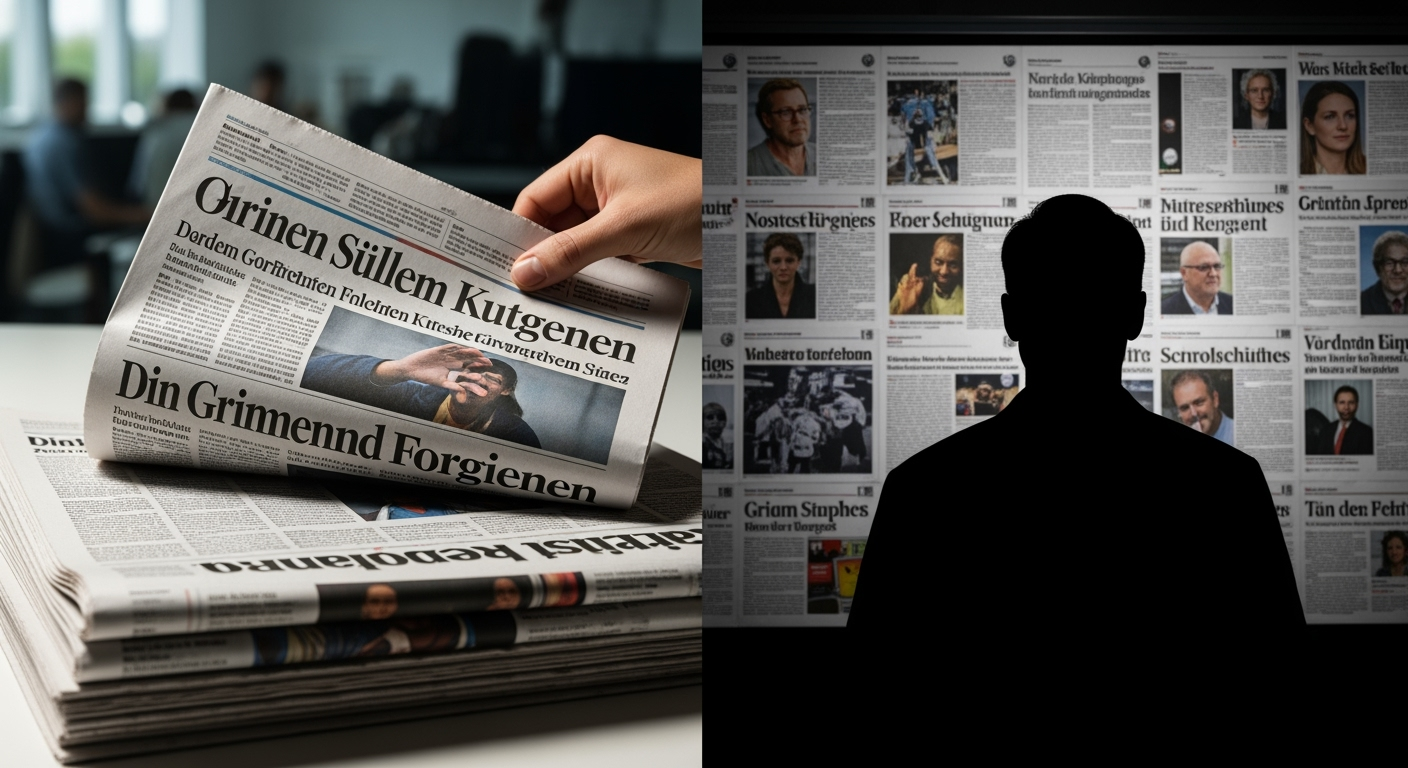Related Articles

Turkish Cypriots Elect Erhürman in Landslide, Sending Complex Signals to Ankara

China Navigates Critical Economic Crossroads with Ambitious New Five-Year Plan





Berlin, Germany – A growing body of research suggests that German media outlets disproportionately highlight crimes involving foreign nationals, creating a public perception of elevated risk that often diverges from comprehensive police statistics. This practice, often unintentional, is alleged to inflame societal anxieties, influence political discourse, and hinder integration efforts, prompting calls for more nuanced and responsible reporting.
For years, the portrayal of crime in relation to immigration has been a contentious issue in Germany, particularly following the significant refugee influx in 2015. While official statistics consistently track criminal activity, academic studies and media analyses now point to a significant discrepancy between these figures and the narratives presented in news coverage. This gap not only shapes public opinion but also raises fundamental questions about journalistic ethics and the media's role in a diverse society.
Recent studies have shed light on how German media amplifies crimes involving foreign suspects. Dr. Thomas Hestermann's research, for instance, revealed that foreign suspects are mentioned approximately three times more often in media reports than their actual share in police statistics would suggest. His team at the Macromedia University of Applied Sciences in Hamburg found this "drastic distortion" particularly pronounced since 2015, impacting how the public perceives violent crime and threat. In a stark illustration of this imbalance, an analysis indicated that while native Germans were suspects in 66.7 percent of violent crimes in 2023 according to police data, German television news stations dedicated 84.2 percent of their violent crime reporting to cases where a foreigner was identified as a suspect. Print media exhibited a similar bias, with 82 percent of its violent crime coverage focusing on foreign perpetrators.
This selective spotlight creates a distorted reality. Hestermann cites examples such as two nearly identical incidents in 2025 where individuals drove into crowds in Munich and Mannheim, respectively. The attack involving an Afghan suspect in Munich received almost twice as much media attention as the one perpetrated by a German man in Mannheim. Critics argue this selective focus constructs an image of migrants as deviant and criminal, profoundly shaping public views and fostering a narrative that links immigration with security risks.
While media portrayal often exaggerates, official police crime statistics (PKS) do show an overrepresentation of non-German suspects in certain categories. According to the 2023 PKS, 41 percent of suspects were non-German nationals, marking a 17.8 percent increase from the previous year. This figure contributed to an overall 5.5 percent rise in recorded crimes across Germany. Specific areas like violent crimes saw a 14.5 percent increase in foreign suspects compared to 2.2 percent for German suspects, and foreigners were notably overrepresented in categories such as gang-rapes (47.5% of suspects in 2023) and shoplifting (47.6% in North Rhine-Westphalia).
However, criminologists and researchers emphasize that these raw numbers require careful contextualization. The ifo Institute's analysis of police crime statistics from 2018 to 2023 found "no correlation between an increasing share of foreigners in a district and the local crime rate," including for refugees. The assumption that foreigners have a higher inherent tendency to commit crimes than demographically comparable natives is "not tenable". The overrepresentation of foreigners in crime statistics can be attributed to several factors independent of origin: migrants are, on average, younger and more often male, demographics statistically associated with higher crime rates globally. Additionally, migrants often settle in metropolitan areas, which typically have higher general crime risks for all residents. Police statistics also count "suspects" rather than convicted individuals and can include violations of alien law, which by definition, only apply to non-citizens. When these demographic and contextual factors are considered, the direct link between migration and an increase in overall crime diminishes significantly.
The constant emphasis on the foreign nationality of suspects in crime reporting carries profound societal implications. This "migrantization" of crime, as termed by some experts, fosters a climate of fear and distrust, hindering the essential process of integration. When media consistently frames immigration as a security threat, it can activate existing racial stereotypes and lead to the stigmatization of entire ethnic groups. This narrative also plays directly into the hands of right-wing populist movements, which often capitalize on public anxieties about crime and immigration to advance their political agendas. The result is a society where a significant portion of the population may hold negative attitudes towards migrants, largely influenced by media-driven availability heuristics rather than comprehensive facts.
The German Press Code advises journalists against mentioning the ethnicity, religion, or other minority status of suspects or perpetrators unless there is a "justified public interest". However, this guideline is frequently not adhered to in practice. Editors and journalists sometimes mention nationality, particularly when dealing with foreign suspects, fearing accusations of a lack of transparency if such details are omitted. This creates an ethical dilemma: mentioning nationality can activate xenophobic attitudes and contribute to stigmatization, while omitting it can lead to accusations of bias from other segments of the audience.
Experts advocate for more responsible reporting that goes beyond superficial details and provides crucial context. This includes focusing on the socio-economic factors that contribute to criminality, such as lack of education and economic prospects, which affect both German and non-German individuals. Coupled with this, there is a growing call for enhanced media literacy among the public to critically evaluate news consumption and recognize potential biases.
The debate surrounding German media's reporting on crime involving foreign nationals underscores a complex interplay between objective facts, public perception, and journalistic practice. While recent crime statistics indicate an increase in the number of non-German suspects, comprehensive analyses reveal that media's disproportionate focus often creates a distorted picture that does not align with the overall impact of migration on crime rates. The challenge for German media lies in moving beyond a potentially misleading emphasis on nationality to embrace reporting that provides context, examines root causes, and fosters informed public discourse. Achieving this balance is crucial not only for journalistic integrity but for strengthening social cohesion and facilitating the successful integration of all residents within Germany.